The cryogenic plant, to be installed a mile underground, will provide the cooling for two large liquid-argon neutrino detectors for the international Deep Underground Neutrino Experiment.

news, journals and articles from all over the world.

The cryogenic plant, to be installed a mile underground, will provide the cooling for two large liquid-argon neutrino detectors for the international Deep Underground Neutrino Experiment.
Mary Bishai, a distinguished scientist at the U.S. Department of Energy’s (DOE) Brookhaven National Laboratory, has been elected co-spokesperson of the Deep Underground Neutrino Experiment (DUNE). In her new role, Bishai will lead DUNE’s 1,400-member international collaboration—the largest neutrino collaboration in the world.

The Fermilab-hosted international Deep Underground Neutrino Experiment will shoot the world’s most powerful beam of neutrinos from the Department of Energy’s Fermilab in Illinois to detectors 800 miles (1,300 kilometers) away at the Sanford Underground Research Facility in South Dakota. Data collected from this ambitious experiment will help scientists answer such lofty questions as how black holes form and why the universe itself exists.
One of the DUNE near detector’s subdetectors, SAND, will detect neutrinos with an electronic calorimeter, which measures particle energy, and a tracker, which records particle momenta and charge. A second subdetector will use liquid argon to mimic the neutrino interactions in the far detector. The third will use gaseous argon. Working together, they will measure particles with more precision than other neutrino detectors have able been to achieve. Credit: DUNE collaboration
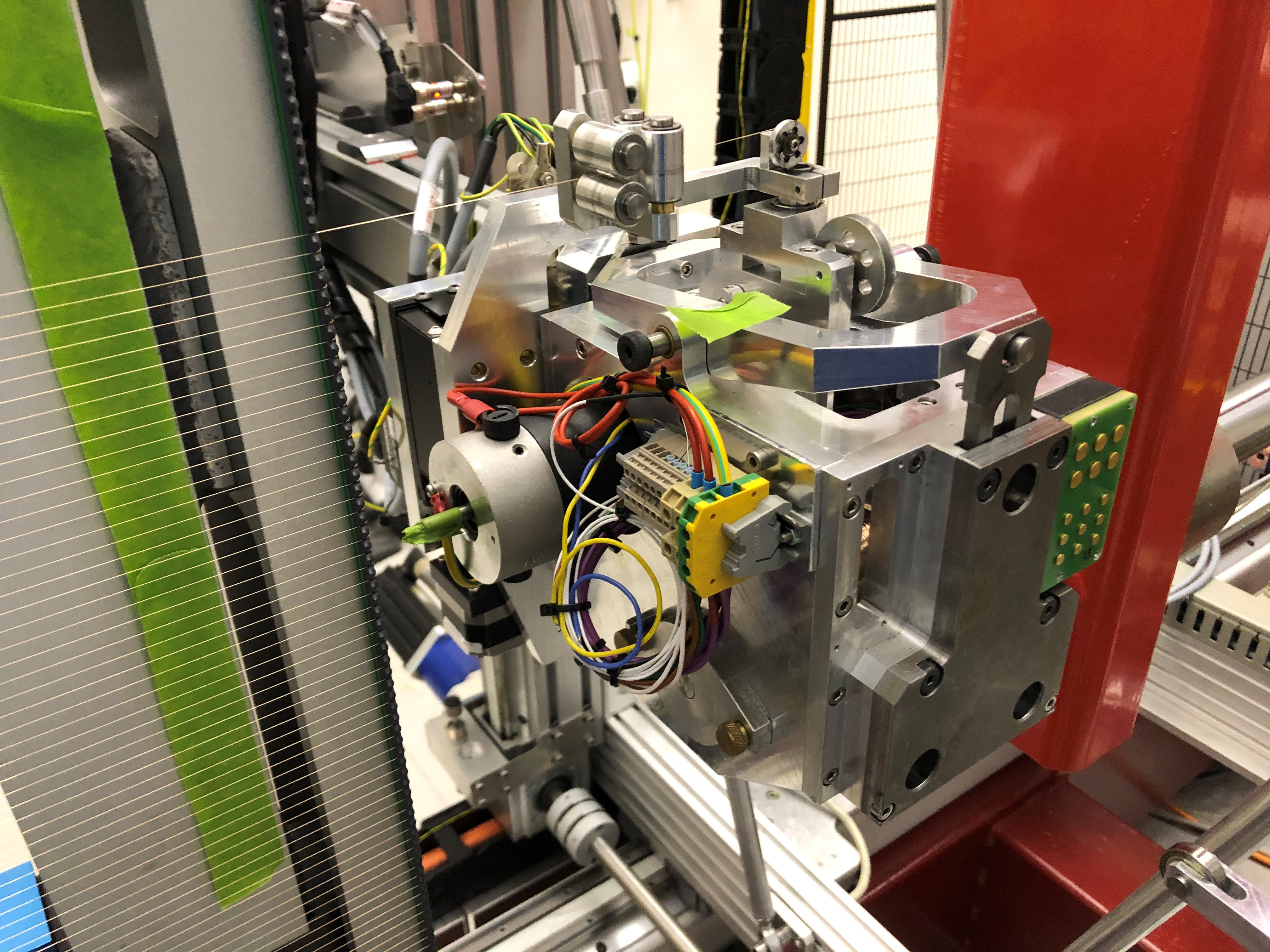
Engineers and technicians in the UK have started production of key piece of equipment for a major international science experiment. The UK government has invested £65million in the international Deep Underground Neutrino Experiment. As part of the investment, the UK is delivering a series of vital detector components built at the Science and Technology Facilities Council’s Daresbury Laboratory.
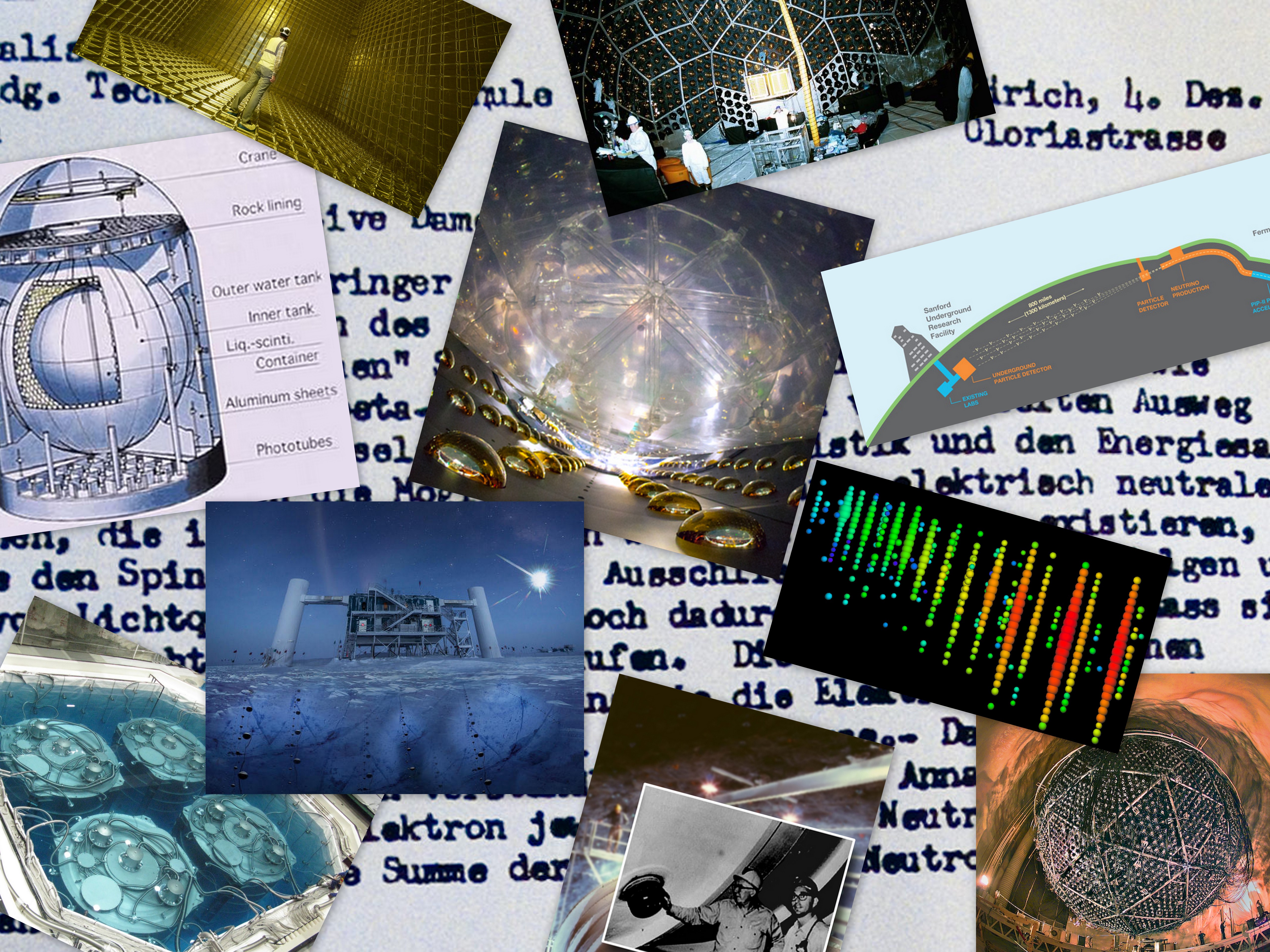
Berkeley Lab has a long history of participating in neutrino experiments and discoveries in locations ranging from a site 1.3 miles deep at a nickel mine in Ontario, Canada, to an underground research site near a nuclear power complex northeast of Hong Kong, and a neutrino observatory buried in ice near the South Pole.
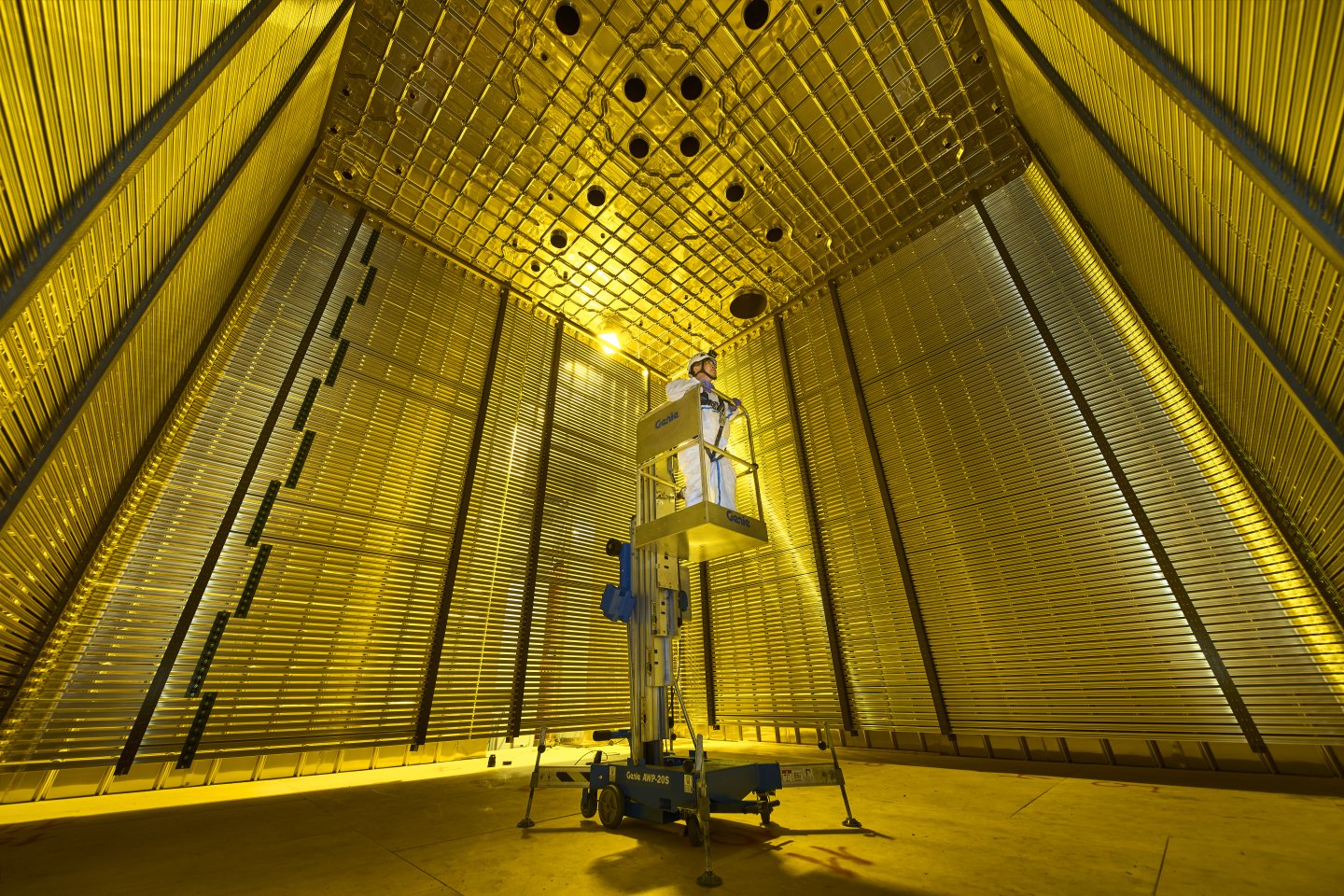
Results from the ProtoDUNE single-phase detector at CERN pave the way for detectors 20 times larger for the international Deep Underground Neutrino Experiment, hosted by Fermilab.
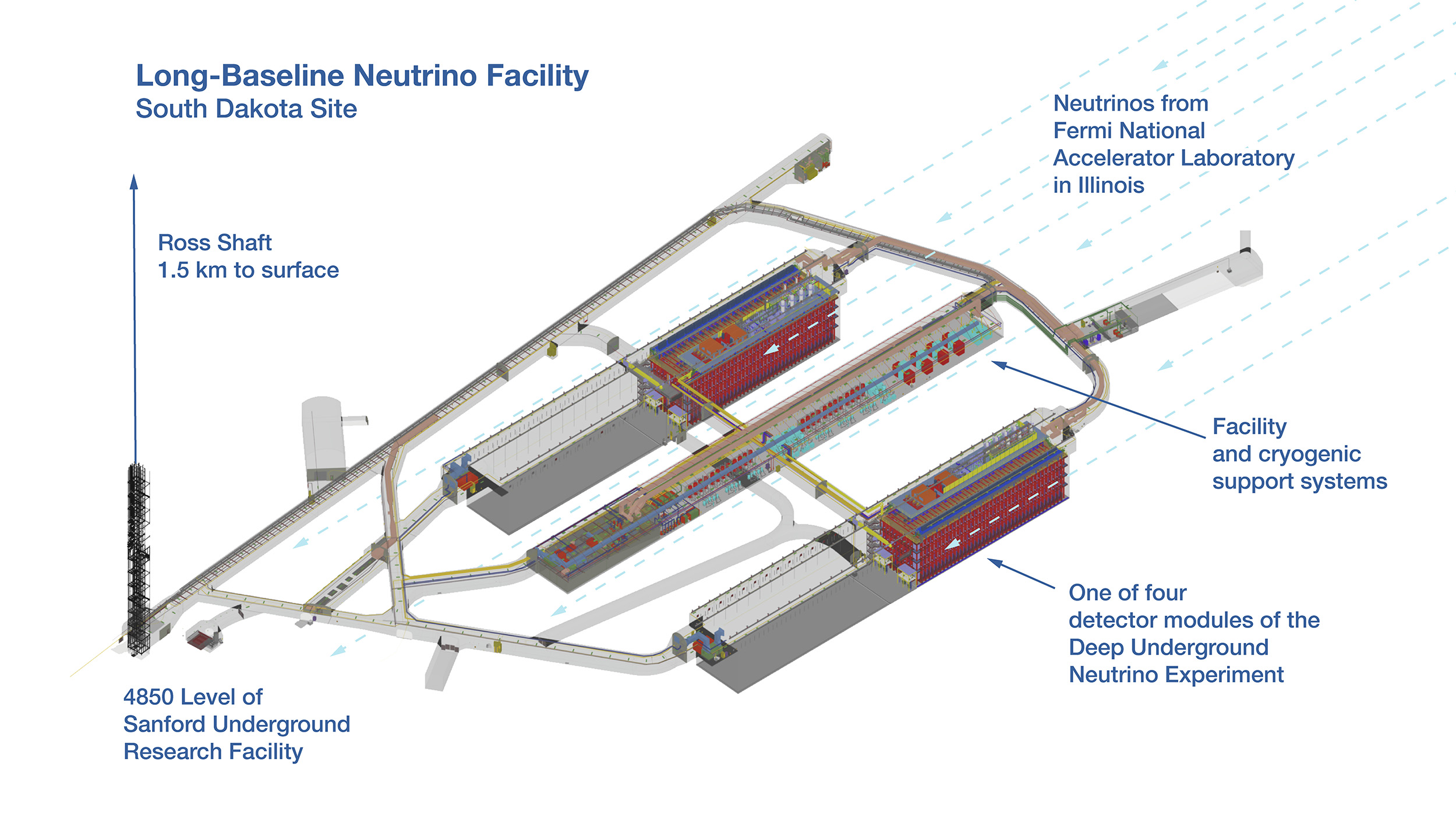
This month, Thyssen Mining Inc. was awarded the contract to excavate the gigantic caverns for Fermilab’s Long-Baseline Neutrino Facility. Excavation crews will drill, blast and remove approximately 800,000 tons of rock to create the underground space for LBNF. When complete, the facility will house the enormous particle detector for the international Deep Underground Neutrino Experiment, hosted by Fermilab.

All summer long, progress on preparing the Fermilab site for the construction of the Long-Baseline Neutrino Facility has been proceeding at a healthy clip. Now, as summer winds down, that site prep is nearing completion.
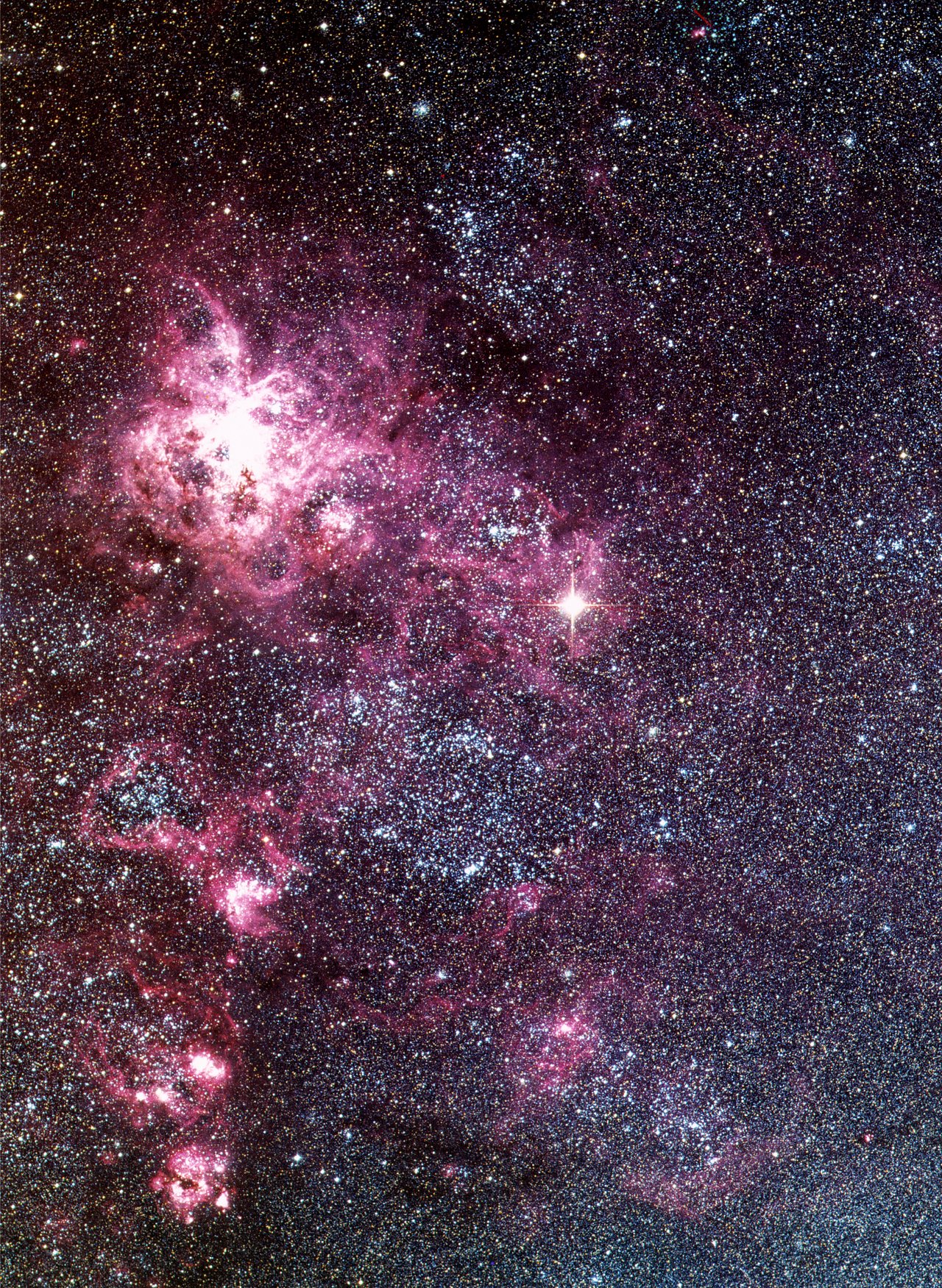
The red supergiant Betelgeuse is one of the best candidates for a nearby supernova in the coming decades. The star’s proximity to Earth would present a unique opportunity for studying the physics of supernovae and neutrinos. If Betelgeuse does explode, DUNE will be ready.
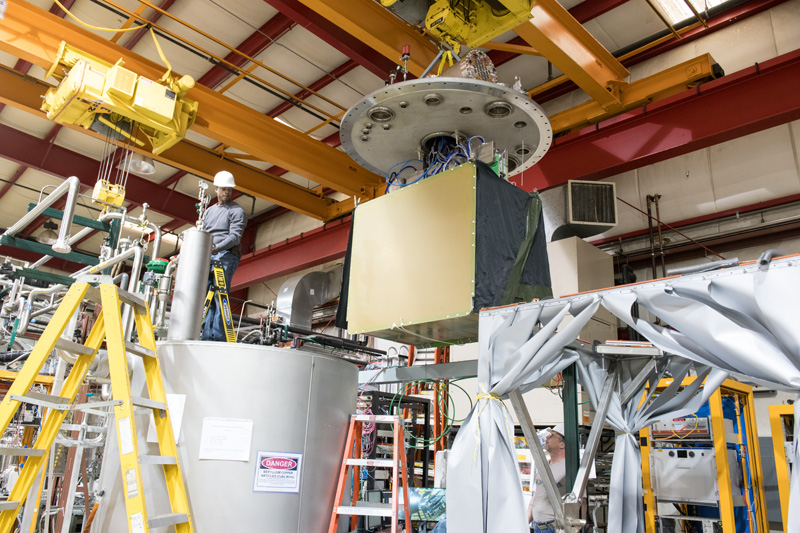
Scientists are testing the components and systems for the international Deep Underground Neutrino Experiment, hosted by Fermilab, with other liquid-argon particle detectors. One such detector is ICEBERG, which is over 10,000 times smaller than DUNE will be. ICEBERG’s measurements are providing insight for future neutrino experiments.

The international Deep Underground Neutrino Experiment collaboration has published a paper about its capability for performing supernova physics. It details the kind of activity DUNE expects in the detector during a supernova burst, how DUNE will know once a supernova occurs and what physics DUNE will extract from the neutrinos. DUNE’s unique strength is its sensitivity to a particular type of neutrino called the electron neutrino, which will provide scientists with supernova data not available from any other experiment.

Construction workers have carried out the first underground blasting for the Long-Baseline Neutrino Facility, which will provide the space, infrastructure and particle beam for the international Deep Underground Neutrino Experiment. This prep work paves the way for removing more than 800,000 tons of rock to make space for the gigantic DUNE detectors a mile underground.
The Deep Underground Neutrino Experiment will collect massive amounts of data from star-born and terrestrial neutrinos. A worldwide network of computers will provide the infrastructure to help analyze it. Using artificial intelligence and machine learning, scientists write software to mine the data.
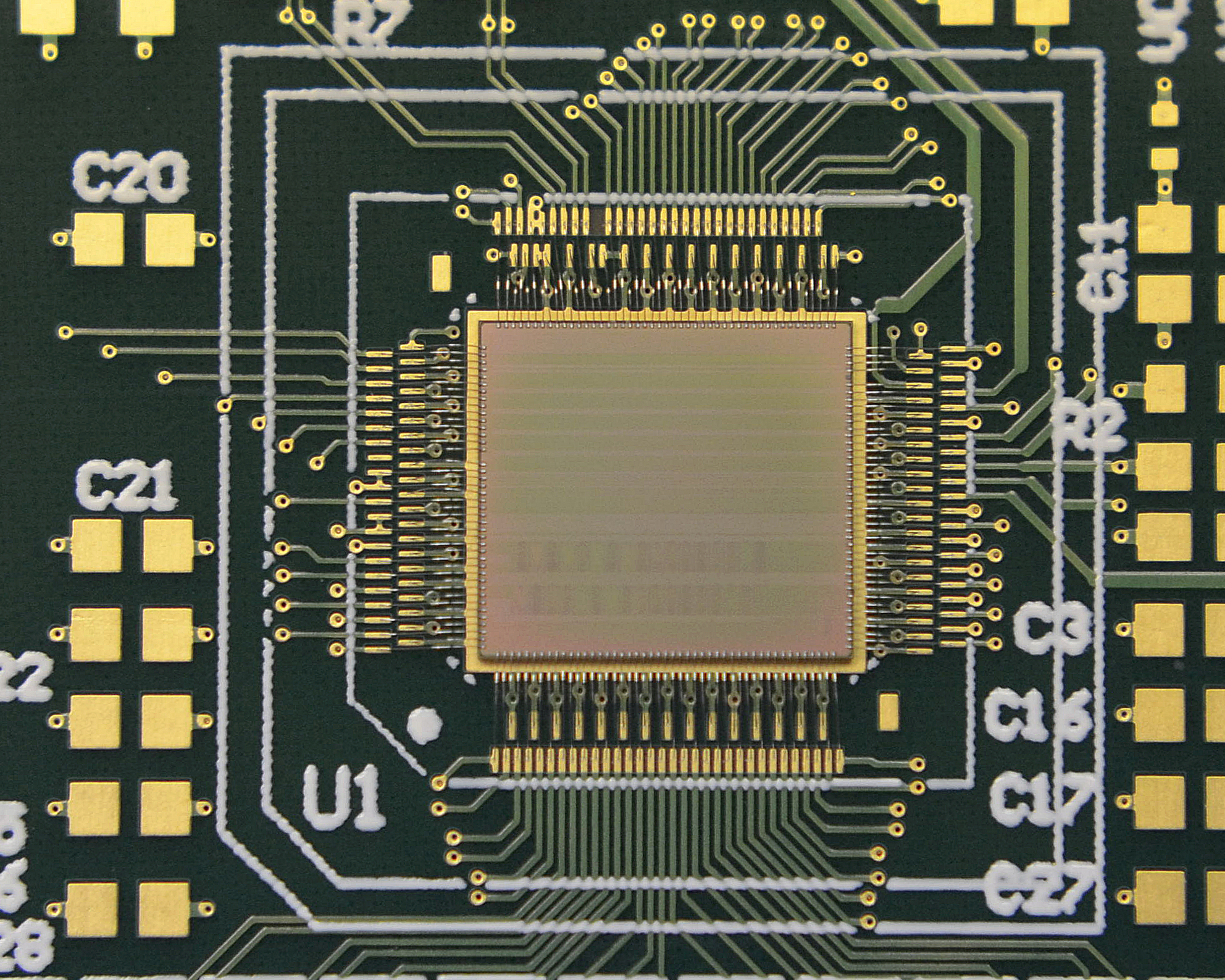
Scientists at several DOE national laboratories working on the upcoming Deep Underground Neutrino Experiment are developing integrated electronic circuitry that can operate in DUNE’s detectors at temperatures below minus 200 degrees Celsius.
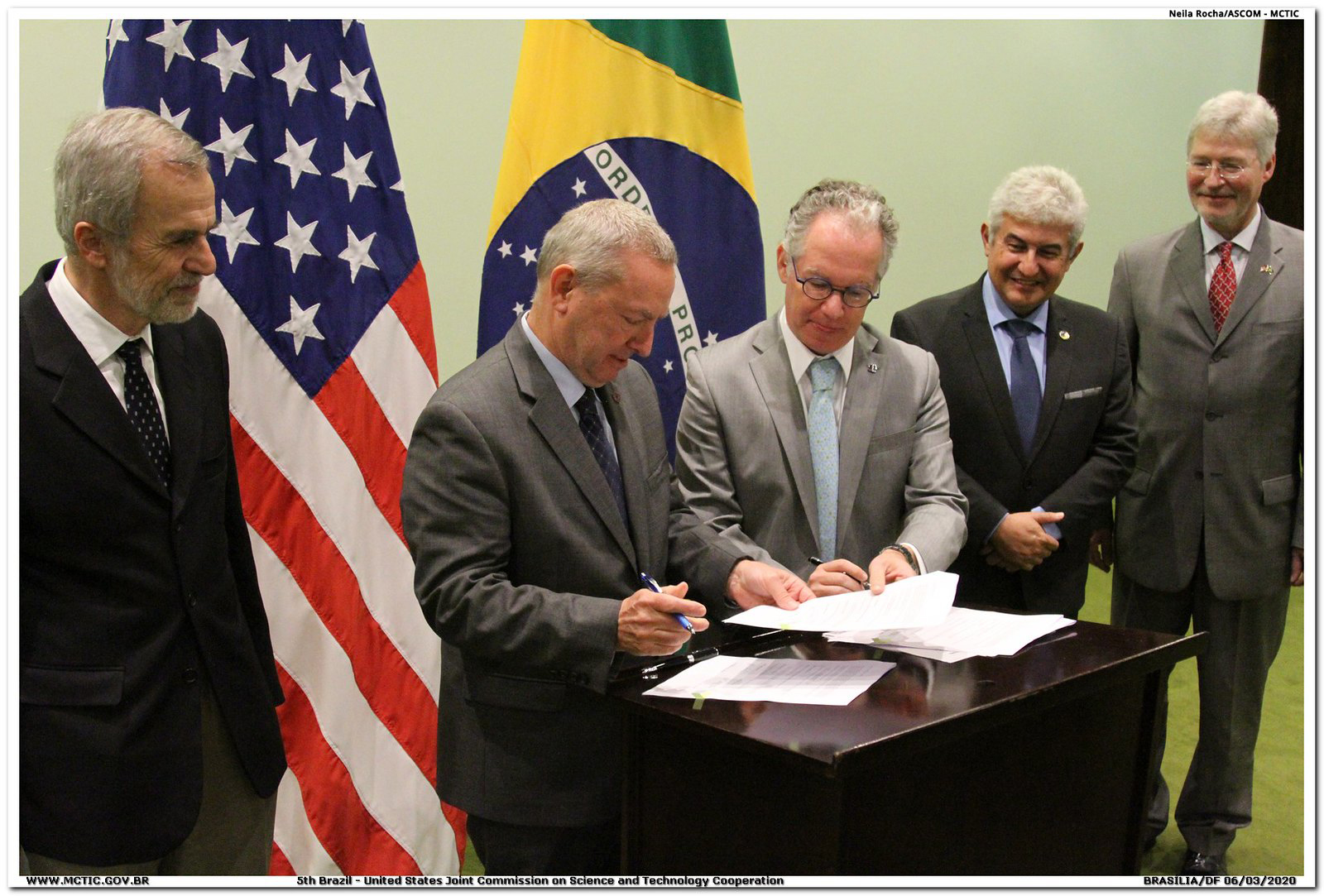
Under a new agreement, the University of Campinas and the São Paulo Research Foundation will play important roles in the Long-Baseline Neutrino Facility and the international Deep Underground Neutrino Experiment, hosted by Fermilab.
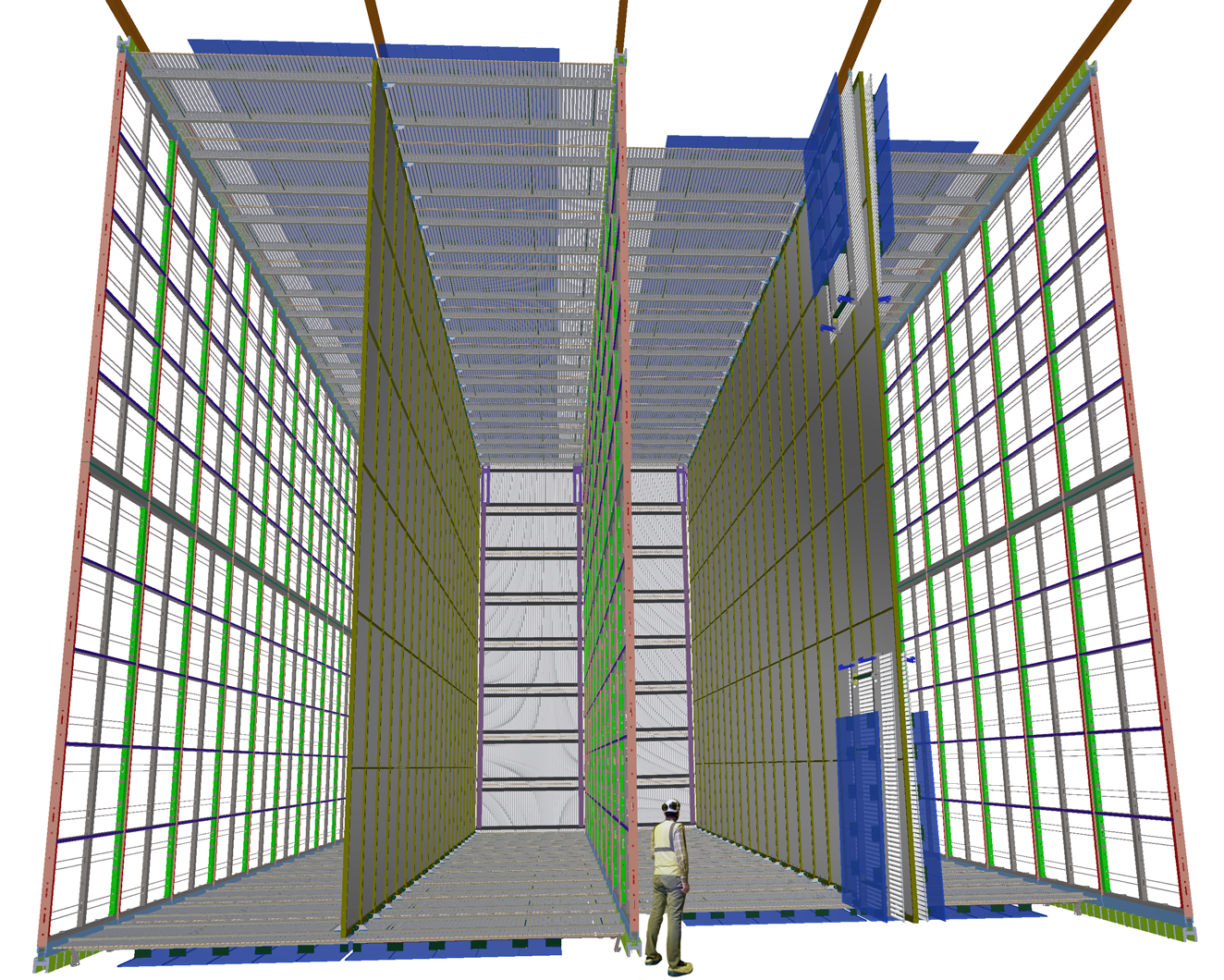
The publication of the Technical Design Report is a major milestone for the construction of the Deep Underground Neutrino Experiment, an international mega-science project hosted by Fermilab. It lays out in great detail the scientific goals as well as the technical components of the gigantic particle detectors of the experiment.

With a ceremony held today, the U.S. Department of Energy’s Fermi National Accelerator Laboratory joined with its international partners to break ground on a new beamline that will help scientists learn more about ghostly particles called neutrinos.
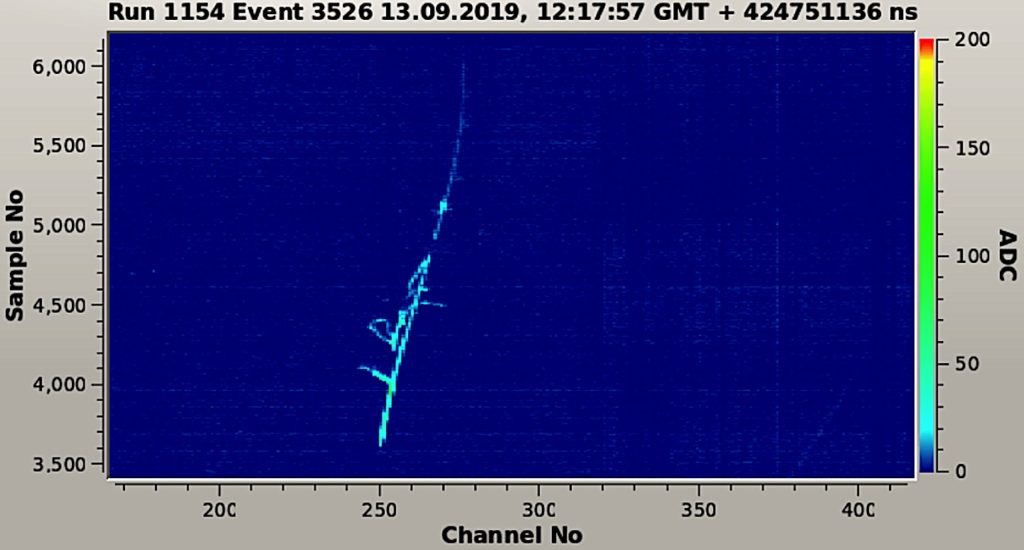
Scientists working at CERN have started tests of a new neutrino detector prototype, using a very promising technology called “dual phase.” If successful, this new technology will be used at a much larger scale for the international Deep Underground Neutrino Experiment, hosted by the U.S Department of Energy’s Fermilab.